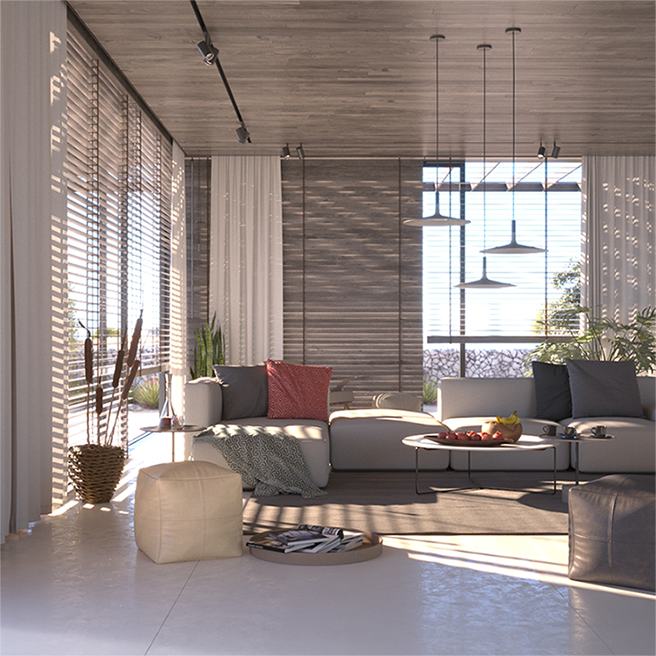VRayVFB – When enabled, the render element appears in the V-Ray Virtual Frame Buffer. Quantity – Chooses which lighting information to be analyzed. Illuminance (lx) – Uses the Illuminance of the rendered frame in lux.
Luminance (cd) – Uses the Luminance of the rendered frame in candelas. Min value – Specifies which values are mapped to blue.
Max value – Specifies which values are mapped to red. Scale – Specifies how values are mapped to colors onto the frame. Linear – The colors are mapped in linear scale.
Logarithmic – The colors are mapped in logarithmic scale. Display – Specifies the analyzed data display mode. False colors – Fills the frame with a gradient ranging from blue (low values) to red (high values). For the out of range values uses respectively black and white.
Grid overlay – Displays the values at distinct grid points over the frame. They use the same grading colors.
Grid horizontal/vertical spacing – Specifies the horizontal/vertical space in pixels between two numeric points on the grid. Fade background image – (active only if Display is in Grid overlay mode) When enabled, it fades the rendered image, so that the grid values would be more visible. Draw legend – When enabled, shows a legend of the false colors at the bottom of the render. Update button – Updates the mapped information over the frame if the parameters are changed. V-Ray Frame Buffer must be used for the updates to have effect. | 





